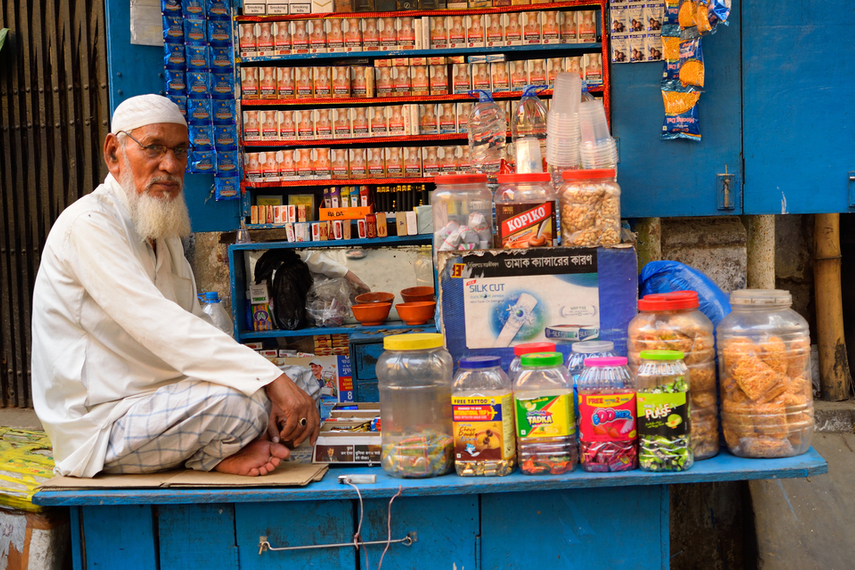
Please sign in or register
Existing users sign in here
Having trouble signing in?
Contact Customer Support at
[email protected]
or call+852 3175 1913
What's behind the race to blend online ecommerce with offline kirana stores in India, and who will win?

Contact Customer Support at
[email protected]
or call+852 3175 1913
Top news, insights and analysis every weekday
Sign up for Campaign Bulletins
How did an animated film about an orphan’s journey to find courage become Southeast Asia’s highest-grossing animation? Smart product placement and brand collaborations played a key role.
From gait scans to geo-targeted ads, the sporting goods group laces together tech, retail, and events to chase India’s growing base of runners.
Grit, determination, persistence and a whole lot of creativity has helped Dentsu Creative Philippines Gian Nealega shift lanes from training to be a nurse to becoming a creative leader.
From long-form to Shorts, YouTube offers a powerful ecosystem where creators and brands can co-create stories that resonate—and drive real impact. Here’s how marketers can harness that full potential.